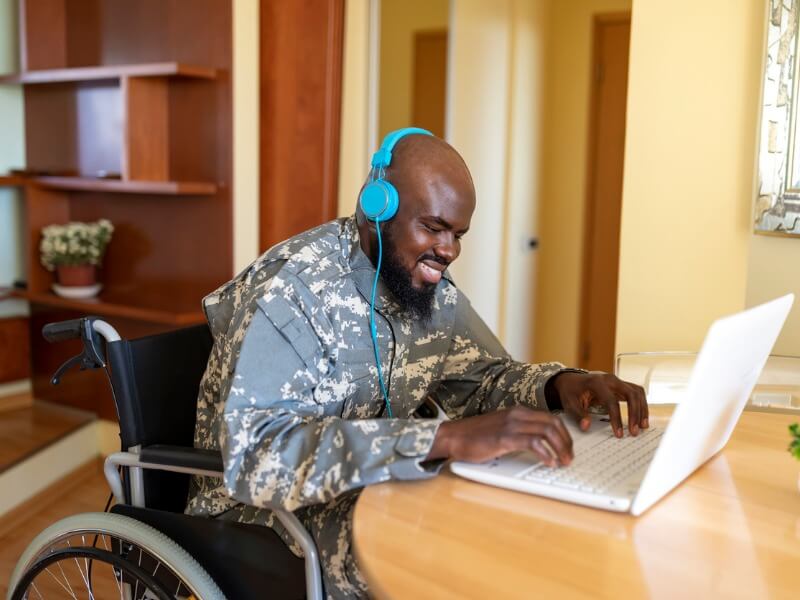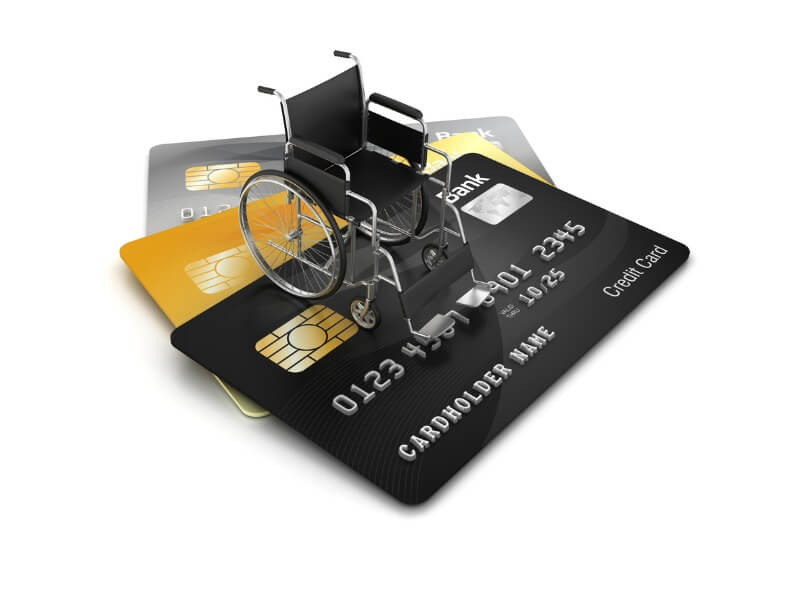If the Coronavirus (COVID-19) pandemic has taught us anything, it is that we don’t know a lot about many things. Over the past 10 months, we have stretched our capability, digital accessibility and imaginations to adjust to this historic moment, which has put all governments to task while reshaping every sector, and every home. The COVID narrative has largely centered around the economy but the core issue is social wellbeing. This is the first time in over a century that a social crisis has sparked such widespread disruption.
Typically, when we in the financial services sector speak of sustainability from a development perspective, we often focus more on the economic and environmental dimensions of sustainable finance; rarely do we factor in social aspects as output risks. But we have learned from COVID that we need to pay more attention to human beings — how they live, interact and create opportunities for others.
They say every cloud has a silver lining; and the “COVID cloud” we are weathering has several, which is why I coined the phrase “COVID Kairos.” Kairos is a Greek word for opportune moment. As such, a window has opened up for the financial sector, leveraging on fintech, to better design human-centered solutions that ideally promote inclusivity while bridging the gaps that create social risks within an economy. The social risks unmasked by COVID that policymakers and the private sector need to address is transitioning a critical mass out of the informal economy — especially women and small business owners who typically operate informally— and the other, is financial inclusion of persons living with disabilities (PWDs).
When stay safe, stay home protocols were announced and essential services were defined, banks, insurers and other financial institutions came into focus due to the critical twin peak role of intermediation and risk management they play in the economy. As financial institutions worked closely with governments to cushion the impact, they found new ways to operate through digital-first business models that facilitate efficiency and continuity.
Unfortunately, there has been paucity in financial sector discourse on COVID as it pertains to customers with disabilities (CWDs). And if you are not a PWD, or live with or know someone with a disability, chances are you may not relate with their lived experiences. For example, we were all wearing surgical and fabric face masks before plastic face shields came into the market; and those who rely on lipreading had the effect of their impairment exacerbated overnight.

Promoting Digitally Inclusive Finance
People living with a disability have just the same aspirations and require the same, if not more, from financial service providers. In a pilot project by the Kenya Bankers Association (KBA) together with inAble and Financial Sector Deepening (FSD) Kenya, seven banks volunteered to have their mobile banking systems (mobile application and USSD) and websites tested for accessibility according to international best practices. More than 130 clients with visual, hearing and mobility impairment were also surveyed and common financial goals such as home ownership, starting a business, and education were their primary concerns.
When it came to general expectations from financial service providers, what came out clearly from user experience testing was CWDs expect independent, fast and frictionless digital transactions. Privacy of their data is particularly an area of interest within the branch and agent environment, as well as, customer call centers in the case for clients with speech and hearing impairments.
From previous analysis, it takes two to three years to get to the “next normal” after a pandemic. Therefore, as much as vaccines are making their way into health systems, we still have to navigate a complex and highly-dynamic environment. Financial institutions have played a critical role, in partnership with the government, to support as many businesses and households as commercially possible. For the next two years, the actions these financial institutions invest in to bridge the digital inclusion gap will make a difference for 15 percent of the world’s population, which is living with either a temporary or permanent disability. In Africa, where financial inclusion has been demonstrated to directly contribute to economic growth, this translates to more than 180 million CWDs (or approximately the population of Nigeria) who can more actively participate in the formal economy and thus mitigate social risks.
In the KBA digital accessibility for CWDs study, the majority of respondents opened their accounts in person and more than 90 percent indicated that they visit the bank in person. The bank branch was the first transaction point, followed by automated teller machines, and bank phone contact centers. There was a material gap in how CWDs utilise mobile banking applications and websites, which is a critical area in this fourth industrial revolution (4IR) era.
There are several learnings from the KBA project. One key lesson is that financial service providers should design products knowing that there certainly (not possibly) will be clients with hearing, visual, speech, mobility or learning impairments using those products. Having an inclusive, assistive technology-based organisational culture will spur greater innovation as firms race to be the gold standard of fully automated, intuitive and frictionless payments.
The second key learning is that financial institutions should partner with technology firms to leverage on artificial intelligence, and robotics to serve this segment. To do so, it’s important to ensure customer relationship management systems are able to identify those with both permanent or temporary disabilities. Finally and most importantly, we learned that people make all the difference. In Kenya, security guards are the first point of contact for CWDs in the physical environment. However, they only assist if they are able to decipher that the customer needs help, which means those with not-so-obvious impairments often struggle. The bright spark in this scenario is that the PWDs interviewed recognised alacrity in security and branch staff once they recognised the clients’ limitations.
Bank employees also indicated that they wanted to learn sign language and be more sensitive and inclusive, which indicates that banks should engage and train their staff and suppliers for better PWD user experiences. While it may not be practical to teach an entire workforce how to conduct their duties using sign, use of wearable technology, such as sign language gloves which are an invention of the 1980s but have yet to be mainstream, can be utilised to eliminate communication and access barriers for all clients.
The good news from Kenya is that banks recognise they have been blinkered in the area of digital accessibility for PWDS and have agreed to develop roadmaps to be fully disability inclusive. It’s a step in the right direction and we hope more follow suit.
The writer is a sustainable finance expert and public affairs director at Kenya Bankers Association



